Dracaenas are native to Africa but can also be found in southern Asia and northern Australia. The reason you can find them there is that they are pretty drought tolerant, which is why they make great houseplants for people who want the beauty of a plant, but don’t have the time to care for one.
The name Dracaena comes from ancient Greek where it means blood of dragons. It was so named for the crimson sap that comes out of the tree when bruised or when the bark is cut. The horizontal reddish stripes of some mature trees also hint at mythological dragons.
- Dracaena Draco
- Dracaena Fragrans
- Dracaena Marginata
- Dracaena Reflexa
- Dracaena Sanderiana
- Dracaena Surculosa
- Dracaena Trifasciata
- Dracaena Deremensis
- Dracaena Arborea
- Dracaena Braunii
- Dracaena Goldieana
- Dracaena Cinnabari
- Dracaena americana
- Dracaena Lisa Cane
- Dracaena hookeriana
- Dracaena cincta Tricolor
- Dracaena hyacinthoides
- Dracaena Tarzan
Dracaena draco
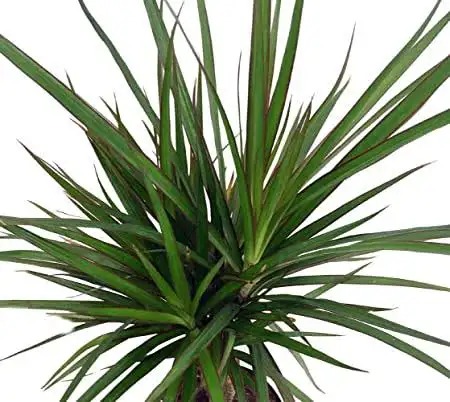
Dracaena draco, the Canary Islands dragon tree or drago forms a palm-like canopy of long, pointed leaves on stems that emerge from a thick trunk. This is a very slow-growing species but one that is very long-lived. In the garden, it can take as much as 25 years to reach 25 feet, but its slow-growing nature can be an advantage for an indoor plant, as the dragon tree will take many years to outgrow its space.
Dracaena Fragrans

Dracaena Fragrans also referred to as corn plant, is a tropical African evergreen tree popular in Europe as an indoor plant. It grows fairly slowly, from thick canes or stems that produce long, narrow leaves like stalks of corn, growing upward. This growth habit also makes them look a lot like palm trees, which is why they’re sometimes called “false palms.” They make good houseplants because they are tall and narrow, typically only reaching around 4- to 6-feet tall in containers.
Also Read: Different Types of Sansevieria Plants
Dracaena marginata

Dracaena marginata, or the dragon tree, is a houseplant that has elegant long, thin leaves with red edges. The lower leaves gradually fall away to reveal a thin trunk. The dragon tree looks good on its own and is also useful for providing height among a group of houseplants. This slow-growing plant can be planted year-round and boasts tiny white flowers in the spring (though it rarely flowers indoors). This small tree will grow to about 20 feet in warm outdoor climates, but it is generally grown as a potted houseplant and kept pruned to 6 feet or less. Keep the dragon tree away from pets because it’s toxic to animals if ingested.
Dracaena Reflexa

Commonly known as Pleomele or Song of India, this is one of the more decorative types of Dracaena that is grown indoors. It has alternating dark green and chartreuse stripes on narrow, lanceolate leaves with veins that run parallel along their length. These leaves are in a whorled arrangement, gradually dying off to reveal a stem with an interesting pattern. This broadleaf evergreen will often grow 12 to 20 feet tall in the wild, but it can be an adaptable plant when grown indoors. It will suit your needs as either a tabletop or floor specimen.
Dracaena sanderiana
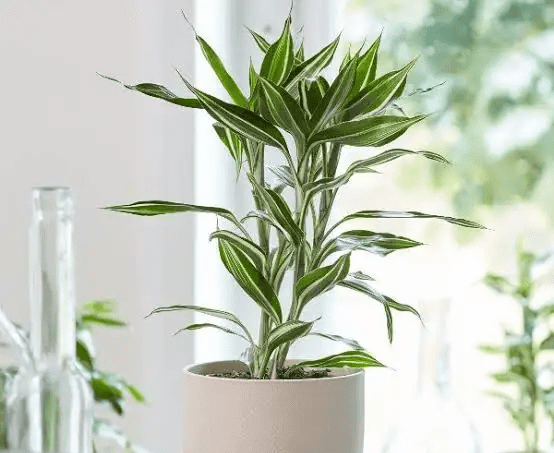
Dracaena sanderiana is a popular houseplant due to its tolerance to shade conditions and its ability to grow in water. The plant is also popular with feng shui enthusiasts as it is believed to bring good luck and hence the common name “Lucky Bamboo”. Lucky Bamboo is known by many names like Curly Bamboo, Ribbon Plant, Ribbon Dracaena, Chinese Water Bamboo and many others. Though called a Bamboo, it is a Dracaena. It has highly twisted arching leaves of grey-green color about 9 in. long. It grows to a maximum height of 2-3 ft. The stems are slender, soft and upright.
Dracaena surculosa
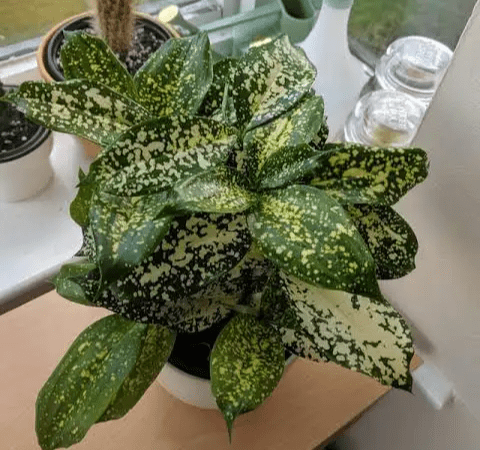
Dracaena surculosa also referred to as the gold dust dracaena and spotted dracaena. Young leaves are green with attractive yellow or golden variegation patterns, usually spots or blotches. They are arranged spirally at the growing tip of the stems. As the stem grows, the leaves mature and the yellow variegation fades to cream or white, and the internodes lengthen. Pairs of leaves may appear to be in opposite arrangement, while clusters of 3-4 leaves appear as whorls. Flowers are small, delicate, coloured green-white and lead onto orange-red berries. Unlike other species belonging to the genus Dracaena, this plant does not have strap-like leaves. It is slow-growing, and can eventually reach a height about about 1m.
Also Read: Different Types of Succulent Plants
Dracaena trifasciata
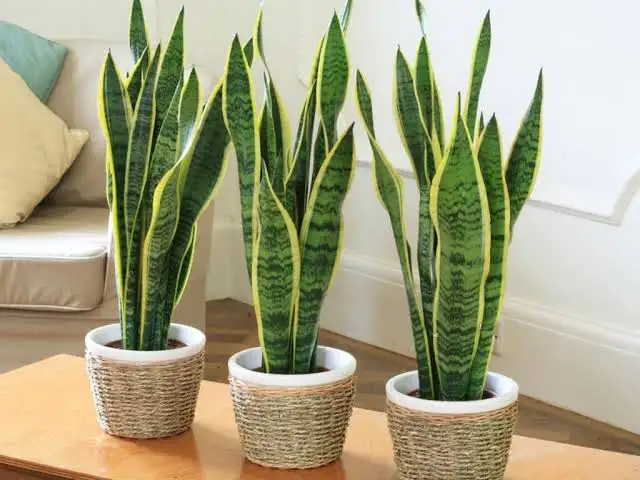
Dracaena trifasciata, commonly known as the snake plant, is one of the most popular and hardy species of houseplants. The plant features stiff, sword-like leaves and can range anywhere from six inches to eight feet tall. Snake plants can vary in color although many have green-banded leaves and commonly feature a yellow border. Probably the toughest and most tolerant houseplant you can find, it is virtually indestructible and a great choice for the beginner gardener. Its attractive patterned leaves don’t flop or spread, so it’s great for tight spaces or where you want something upright.
Dracaena deremensis
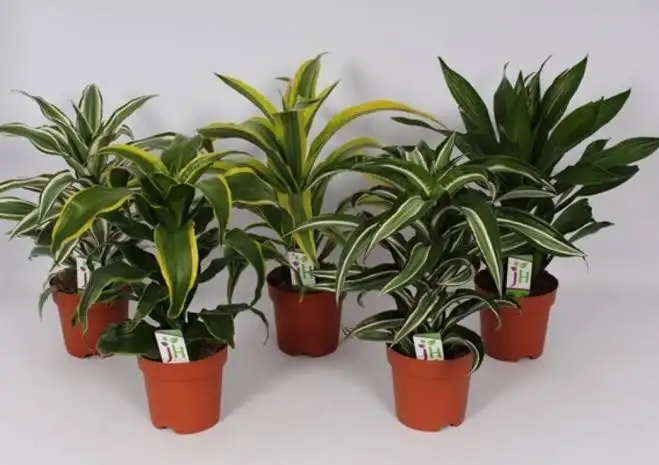
Dracaena deremensis is a slow growing variety whose foliage is dark-green with one or more longitudinal stripes in a different color and is easy to grow. The plant can reach a height of 4 ft or more when mature. The leaves are about 1.5 ft long and may die if exposed to excessive sunlight. As it grows, it sheds its lower leaves, leaving a bare stem with a cluster of leaves at the top. A new plant may drop a few leaves as it adjusts to its new home. Dracaena deremensis is suitable as a stand alone plant or as part of a mixed group, with the various leaf patterns complementing and overlapping one another.
Dracaena arborea
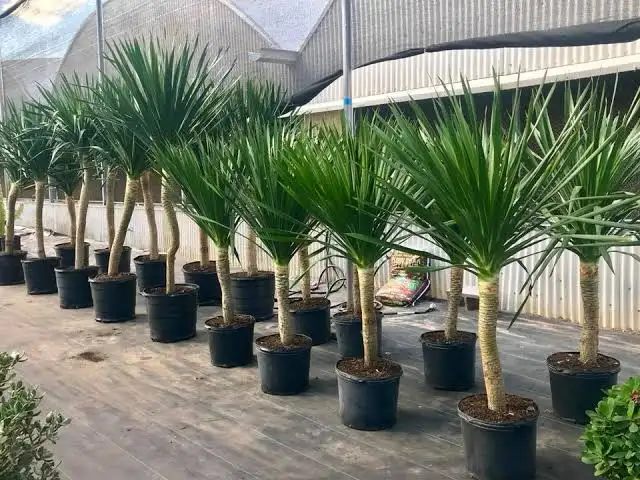
The Dracaena arborea, also called the Dragon Tree or Arborea is a magnificent is a slow growing tropical evergreen tree with an upright habit. When young it usually has a single stem, as it matures it may branch. Its dark green leaves are lanceolate with entire margins, appear as a rosette, are up to 120cm long and 10cm across. With age its old leaves fall of revealing its stem. Its stem may achieve a diameter of up to 30cm. Its light brown bark is vertically fissured with radial leaf scars. Its small white bell shaped flowers appear on stems which emerge from its leaves. Its red/ orange fruit are in the form of berries.
Also Read: Popular Types of Peperomia Plants
Dracaena goldieana
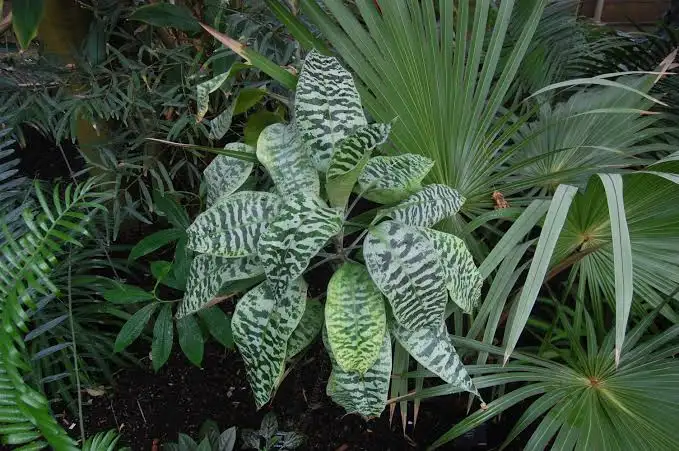
Dracaena goldieana is a slow growing tropical evergreen shrub with an upright habit. When young this plant usually has a single stem, as it matures it may branch. Its dark green leaves have grey/ green banding, are ovate with entire margins, are up to 25cm long and 13cm across. Its small white bell shaped flowers appear on stems which emerge from its leaves. Dracaena goldieana, commonly known as Green Zebra Plant, Zebra Striped Dragon Tree, is native to tropical west tropical Africa. In its native habitat it grows as a tropical woodland understory plant. Dracaena Goldieana thrives best in bright indirect light locations protected from direct sun and drafts. If placed in too much shade, the foliage might lose its distinct colours.
Dracaena cinnabari
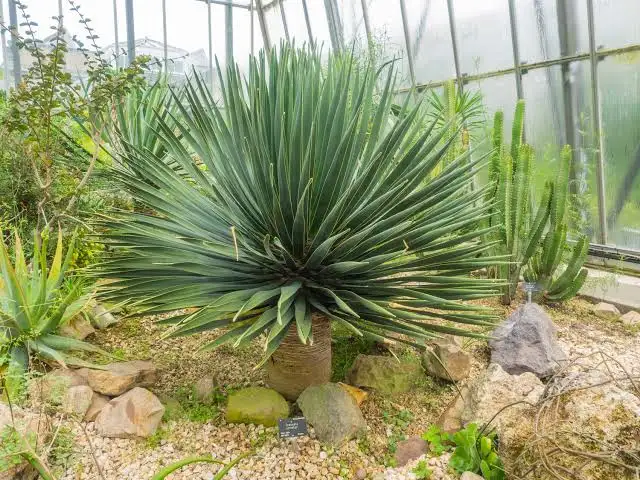
Dracaena cinnabari, the Socotra dragon tree, or dragon blood tree, is a unique tree that is one of the most peculiar trees in the world. The tree has a distinctive external shape that makes it look like a huge umbrella, as the leaves grow only at the end of branches and point upwards. It has many branches; it grows by dichotomy, which means that each branch is divided into two until the leaves finally grow on the branches’ ends. It produces a lot of green leaves that are renewed every three or four years; they fall and other leaves grow in their place. Dracaena cinnabari also referred to as the Socotra dragon tree or dragon blood tree, is a dragon tree native to the Socotra archipelago, part of Yemen, located in the Arabian Sea. It is named after the blood-like color of the red sap that the trees produce.
Dracaena Lisa
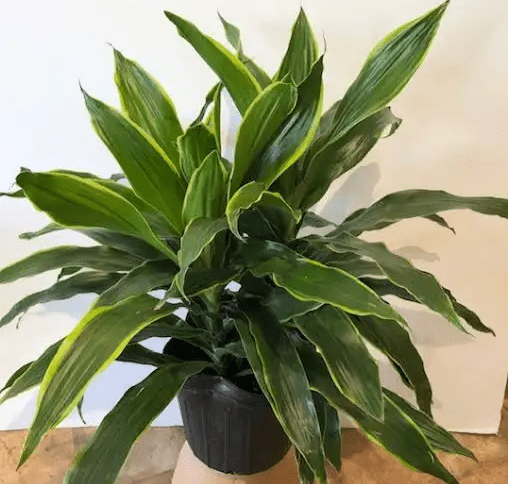
Dracaena Lisa is a very widely used indoor floor plant. Its dark green leaves and stems are its defining characteristics. Unlike the very similar Janet Craig, Lisa has much thicker stalks that can be solid green or blended green and tan. Lisa’s foliage is more narrow, compact, shorter in length, and stands more upright.
Lisa is very easy to keep healthy and is highly tolerant to many indoor lighting conditions, including lower light. Like most Dracaenas, it is slow-growing, so it can maintain its size and shape for some time without much maintenance.
Also Read: Major Types of Palm Trees For Your Home Garden
Dracaena hookeriana

Dracaena aletriformis is commonly known as the large-leaved dragon tree. The plant is Single stemmed or branched (usually at the base). The leaves are large and strap-shaped in rosettes at the tips of the stem/s. The leaves are leathery, shiny, and dark green, with whitish margins. These plants may grow up to 4 metres (13 ft) tall. The flowers are produced on a much branched flowering head. The flowers are silvery-white and described as sweetly or strongly scented. The two-lobed berry-like fruit ripen to a reddish-orange colour.
Dracaena cincta Tricolor
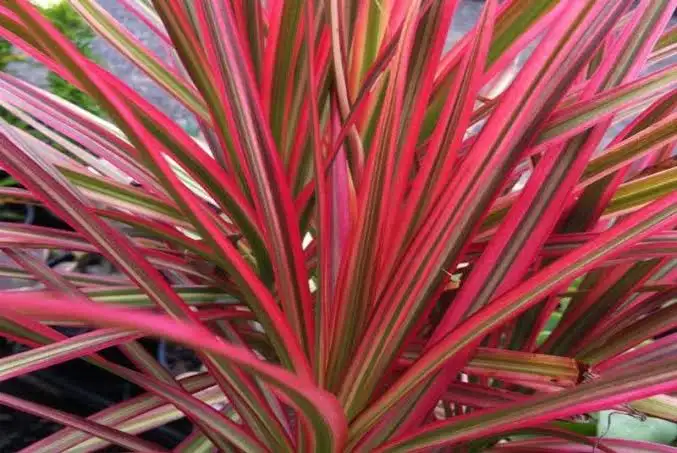
The tricolor Madagascar dragon tree (Dracaena marginata “Tricolor”) features long, strap-like leaves and a tall trunk. It grows upward, with the whorl of leaves remaining near the top of the trunk, although you can prune it so it branches and produces multiple leaf sets. Each leaf has cream, red and green stripes, making it colorful although it doesn’t flower.
Dracaena hyacinthoides
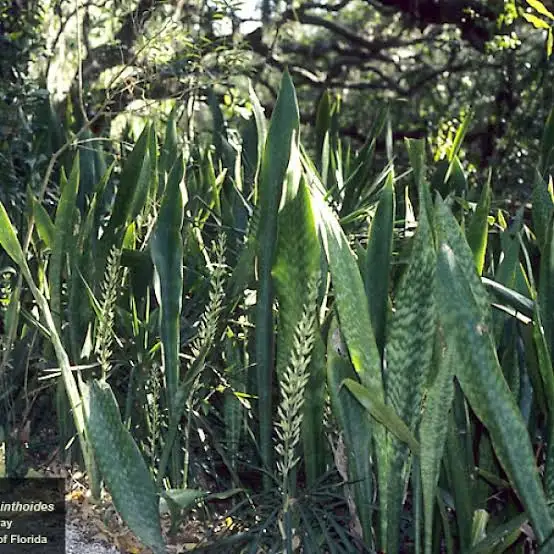
Dracaena hyacinthoides is an evergreen, perennial herb, with its handsome robust, flat, dark green and fibrous leaves that attact game. Its scented flowers also attract insects and birds to your garden. Dracaena hyacinthoides is a fast grower and drought-resistant. It grows very easily, needs little attention and so therefore perfect for large gardens. It can be mass planted between the rocks in a rockery, or as hardy ground cover. It prefers sun or partial shade, in any soil type with added compost. Water sparingly. Mother-in law’s tongue also does well in a container indoors; great care must be taken not to overwater.
Dracaena Tarzan

The Dracaena Tarzan is a cultivar of Dracaena Marginata, or the Madagascar Dragon Tree. The Dracaena Tarzan has thicker leaves and a thicker trunk than its genetic predecessor, but the same explosive, sword shaped foliage tipped with pink. When small it can be used as a table plant, but it is especially impressive as a tall, specimen tree and can often be seem decorating large office buildings.